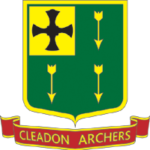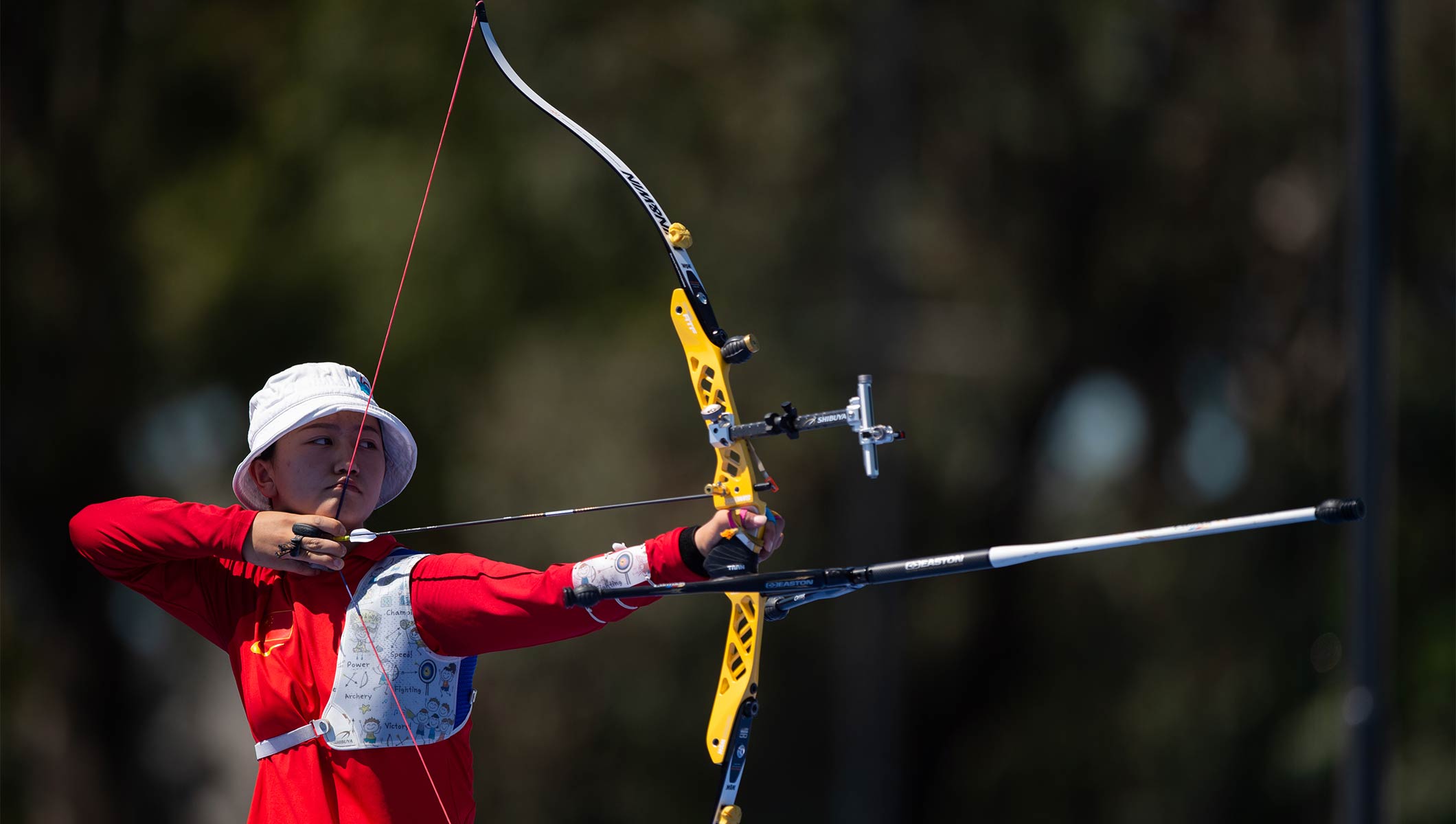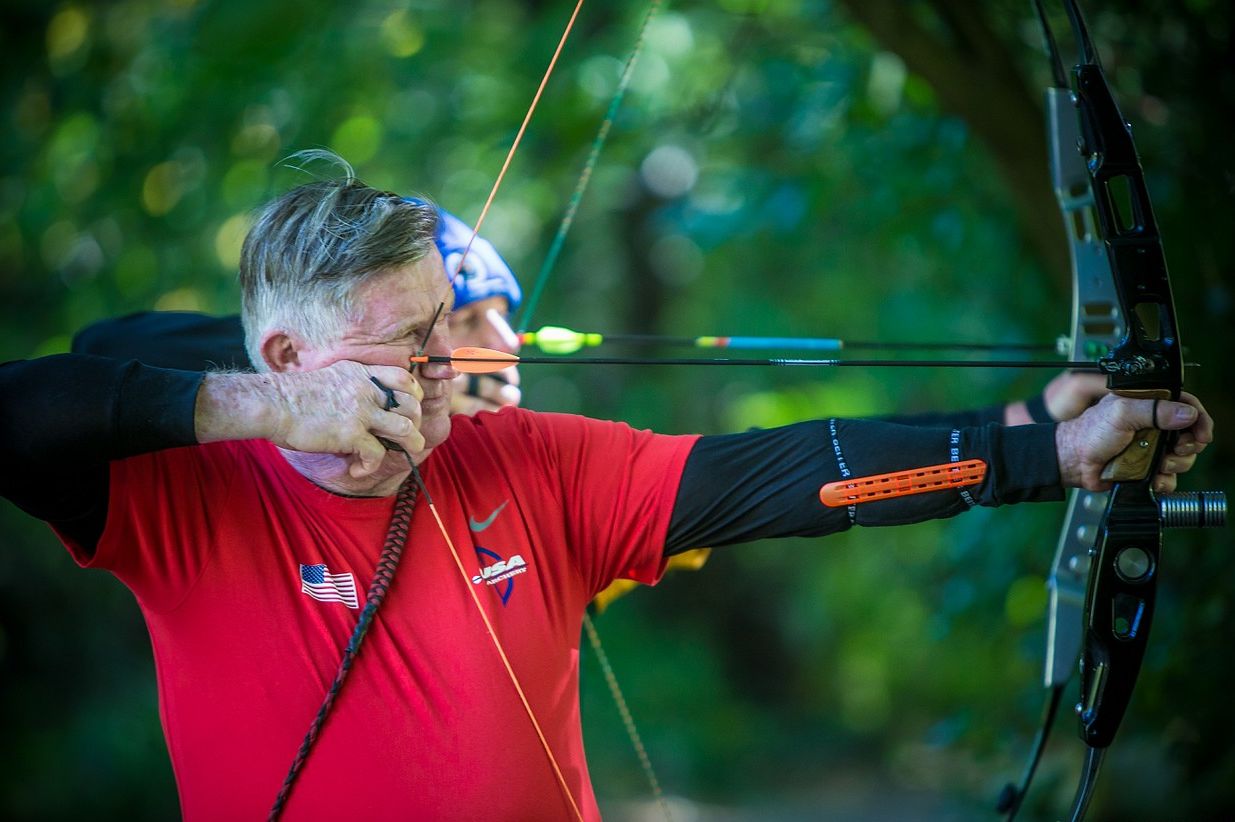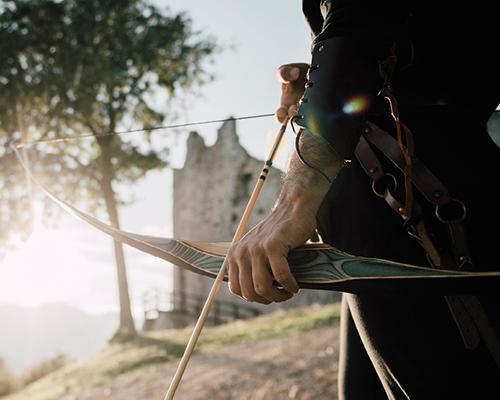
Bow
types
Almost all types of bow are used at Cleadon Archers, from Longbow to Compound. For those keen to learn, here is a brief guide to the bows used.
Recurve
A recurve in modern archery is commonly used by archers in the Olympics and many other competitive events. It employs advanced technologies and materials. The limbs are usually made from multiple layers of fiberglass, carbon and/or wood on a core of carbon foam or wood. The riser (the centre section of the bow) is generally separate and is constructed from wood, carbon, aluminium alloy or magnesium alloy. The term ‘riser’ is used because, in a one-piece bow, the centre section rises from the limbs in a taper to spread the stress. The greater mass of a modern bow is in itself an aid to stability, and therefore to accuracy. It should be remembered, however, that accuracy is also related to a bow’s draw weight, as well as how well an archer handles it. It is therefore imperative for an archer, particularly a beginner, never to overestimate their capabilities, and to choose a draw weight that is appropriate for their body build and level of experience.
The modern recurve is the only form of bow permitted in the Olympics (though the compound bow is permitted in some categories at the Paralympic Games) and is the most widely used by European and Asian sporting archers.

Compound
A compound bow is a bow that uses a levering system, usually of cables and pulleys, to bend the limbs.
In general, compound bows are widely used in target practice and hunting.
The pulley/cam system grants the user a mechanical advantage, and so the limbs of a compound bow are much stiffer than those of a recurve bow or longbow. This rigidity makes the compound bow more energy-efficient than other bows, as less energy is dissipated in limb movement. The higher-rigidity, higher-technology construction also improves accuracy by reducing the bow’s sensitivity to changes in temperature and humidity.

Longbow
A longbow is a type of bow that is tall – roughly equal to the height of the user – allowing the archer a fairly long draw. A longbow is not significantly recurved. Its limbs are relatively narrow so that they are circular or D-shaped in cross section.
Longbows for hunting and warfare have been made from many different woods by many cultures; in Europe they date from the Paleolithic, and since the Bronze Age were made mainly from yew, or from wych elm if yew was unavailable. The historical longbow was a self bow made of a single piece of wood, but modern longbows may also be made from modern materials or by gluing different timbers together.
Organisations that run archery competitions have set out formal definitions for the various classes; many definitions of the longbow would exclude some medieval examples, materials, and techniques of use. According to the British Longbow Society, the English longbow is made so that its thickness is at least 5⁄8 (62.5%) of its width, as in Victorian longbows, and is widest at the handle.

Barebow Recurve
BAREBOW RECURVE is becoming increasingly popular. For those thinking of shooting their recurve ‘bare’, the definition is as follows:
- The bow must be bare, except for the items mentioned below and free from protrusions, marks, blemishes or laminated pieces that could be of use in aiming. Multi-coloured risers are permitted.
- Integrally fitted torque compensators are permitted provided that they are not fitted with stabilisers. Weights may be added to the lower part of the riser. All weights, regardless of shape, must mount directly to the riser without rods, extensions, angular mounting connections or shock absorbing devices.
- Bowstring. There shall be no attachment on the string to serve as a lip or nose mark. (kissers etc.)
- Arrow Rest. The arrow rest must be attached only to the window side of the bow. Any moveable pressure button, pressure point or arrow plate shall not allow any (adjustable) overdraw.
- Normal pressure buttons are allowed.
- Arrows may be metal or wooden.
- EXCLUSIONS: Recurve Barebow archers must not use; Sights, Draw check indicators (clickers etc.) or Stabilisers.

American Flatbow
The American longbow, also known as the American flatbow, was developed in the 1930s. It resulted from scientific investigation into the best cross-sectional shape for a bow limb. This research was expected to explain why the English longbow’s D-section was superior to all other extant designs. Instead, it showed that the best cross-section was a simple rectangle. The American longbow was developed by applying these research findings to the English longbow. The result was a more efficient and stable bow which can be made from more common woods. Because of its coincidental resemblance to some Native American bows, the American longbow is also known as the semi-Indian bow.
The American longbow was popularised by Howard Hill and quickly displaced the English longbow as the preferred bow for target shooting. The modern Olympic-style recurve bow is a development of the American longbow, usually using fiberglass rather than wood for the backing and belly of the recurved limbs, artificial materials such as carbon for the core, and with a built-up riser (handle) section (often made of metal, but other materials such as wood or phenolic resin have been used). The tips are flexible rather than static.
